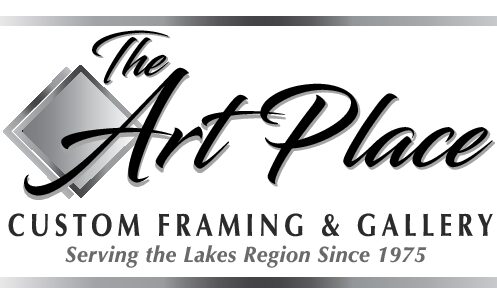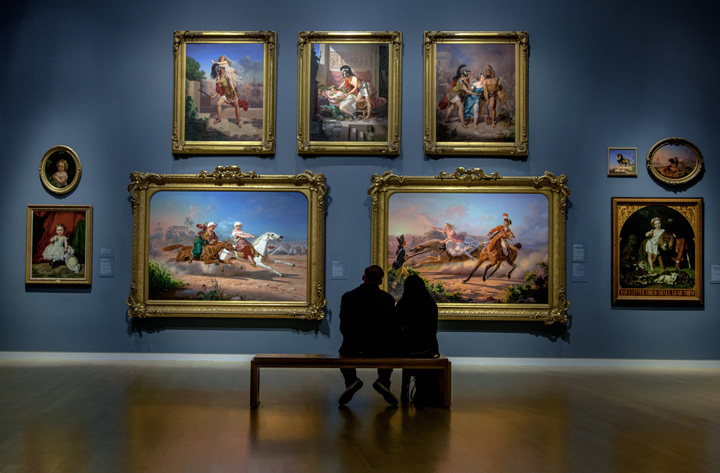Over the years, The Art Place has framed some amazing, unique, beautiful, and strange things. But some of the most fun framing to complete is custom framing for weddings. Even if it’s as simple as a framed photo of the couple, or it’s a complex collage that includes an invitation, wedding season always brings some creative ideas.

Framed cake toppers
Last year, we had one of the most fun wedding projects that The Art Place has seen. We framed this set of cake toppers from the 1960s. What a creative use of framing? These delicate figurines were carefully handled, and they are framed with conservation techniques. Framing sentimental objects like this helps keep them safe, and can make a lovely decoration for your home.
The Art Place has also framed many gifts for the bride and groom. A framed photo of the couple makes a lovely wedding gift. But a framed invitation can be even more special. The Art Place has also created many custom mirrors as gifts for newly-wed couples. A framed invitation or photo sits at the top, and the mirror extends below. This can be a useful, as well as sentimental gift!

Example of framed wedding invitation from Masterpiece Framing and Imaging in Bloomingdale, IL

Example of signed mat from Arthause Custom Picture Framing in Plano, TX
It’s also a lot of fun to have wedding guests sign a mat at the reception. This is a creative way to preserve the memory of the couple’s special day. After the wedding, bring the mat back to The Art Place, and we will preserve it behind glass.
If you have a loved one with a special wedding coming up, consider stopping in at The Art Place for a quote on some of these special framing projects. It’s always a pleasure to create something that you know will be enjoyed for many years to come.








